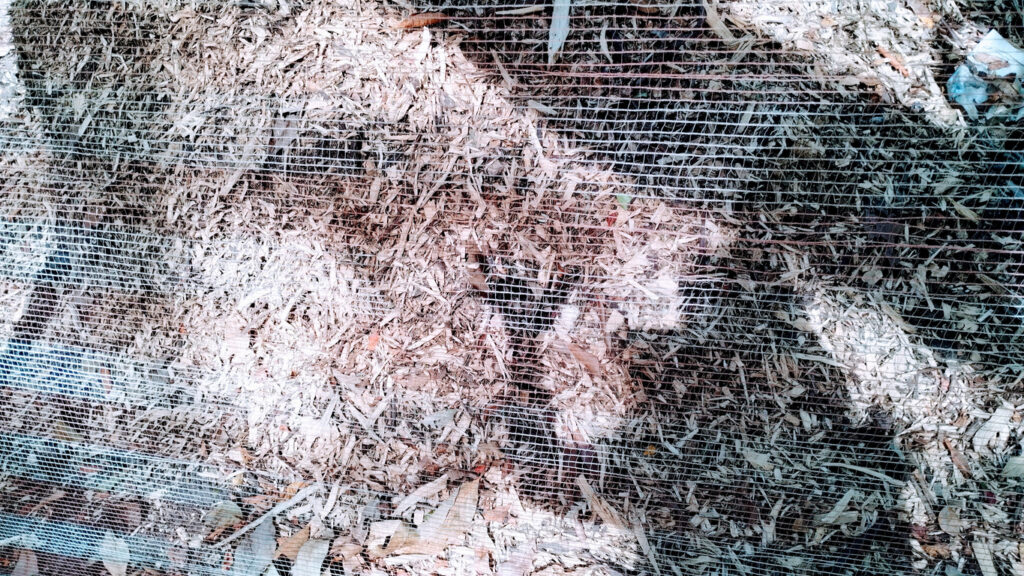








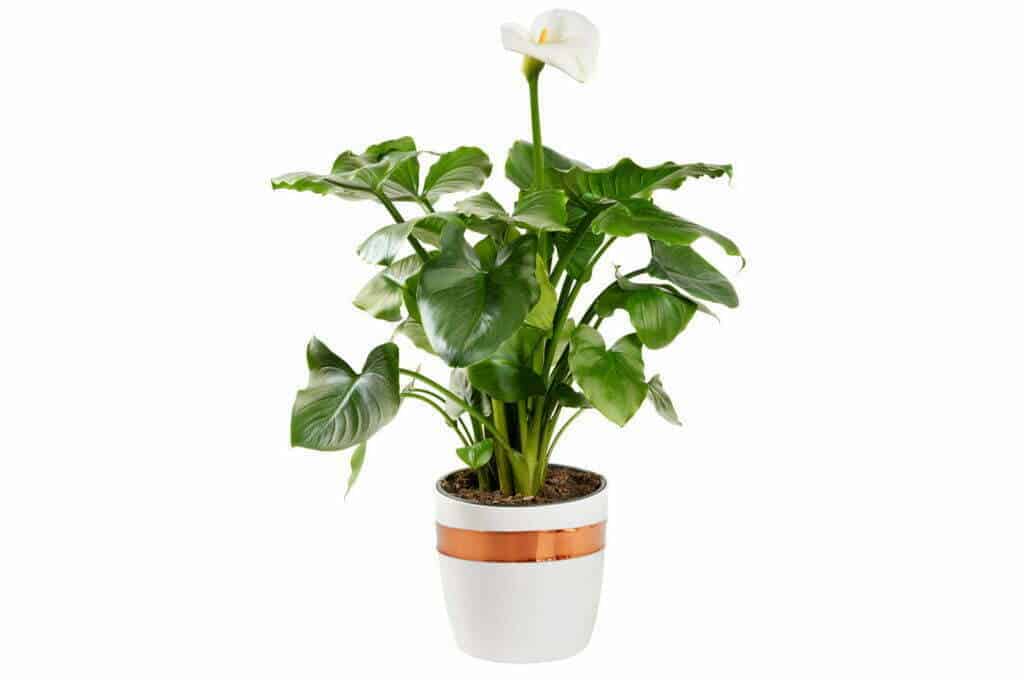
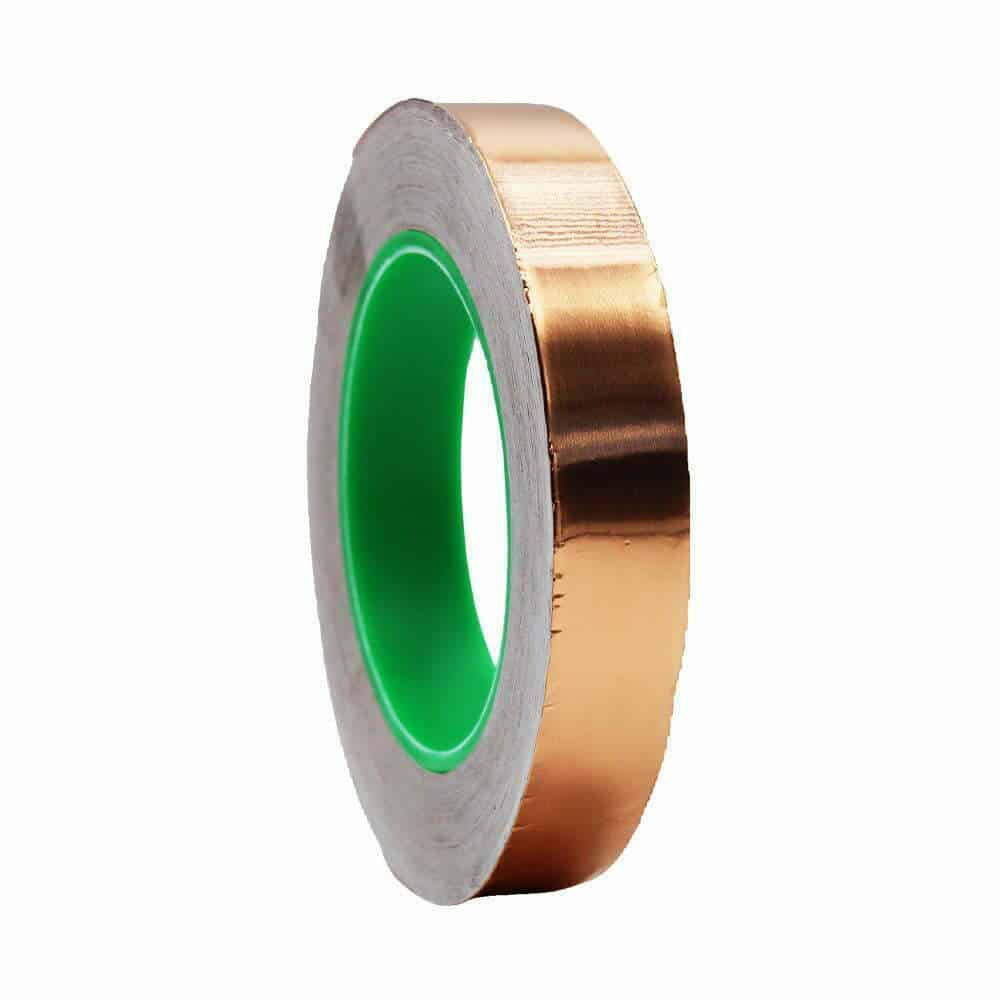
We are delighted to announce our newest insect deterrent product copper slug tape.
One of the key benefits of copper tape is that it puts slugs off damaging plants. It can also be used for a range of applications, from protecting gardens to arts and crafts. This article will cover this in detail and more.
Let’s begin…
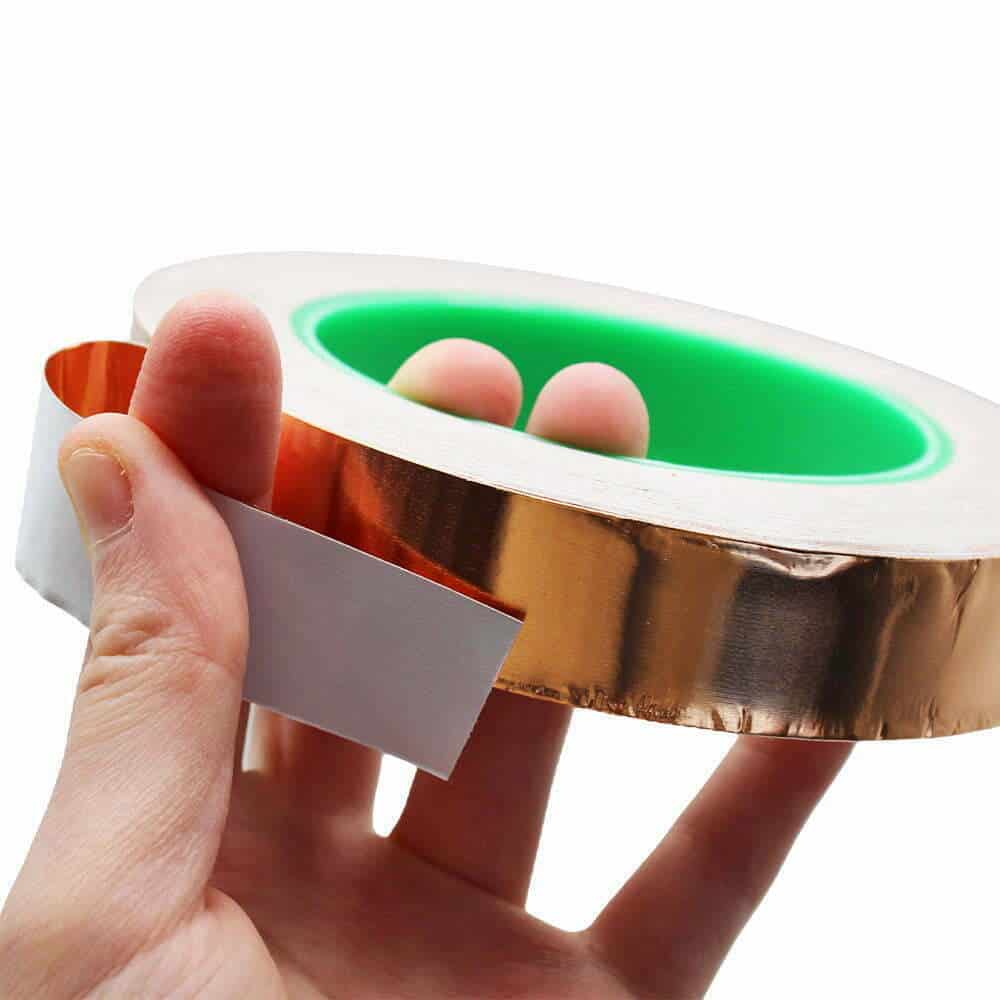
Copper tape is commonly used in gardening as a natural and chemical-free solution to repel slugs and snails. The tape has a natural electrical charge that creates a small electric shock when slugs come into contact with it, deterring them from crossing over and reaching the plants.
The other main use is in electronics and circuitry, as it is a good conductor of electricity. It can be used to connect components in electronic devices, or to create simple circuits on paper or other surfaces.
In addition to its electrical properties, copper tape is also sometimes used for decorative or artistic purposes. It can be used to add a metallic accent to crafts, such as picture frames, candle holders, or furniture.
Copper slug tape can be useful for anyone who is dealing with slug and snail problems in their garden or outdoor living area. Slugs and snails can cause significant damage to plants, as they are known to feed on leaves, flowers, and other plant parts. Copper slug tape is an effective way to deter these pests from reaching plants without the use of harmful chemicals or pesticides.
Copper slug tape can be especially useful for those who are looking for a natural and eco-friendly solution to garden pests. It is also a good choice for those who want to avoid the use of traditional slug and snail repellents that may be harmful to the environment, humans, or other animals.
Gardeners who are growing plants that are particularly susceptible to slug and snail damage may find copper slug tape to be especially helpful. This includes plants with soft leaves or seedlings that are just starting to grow.
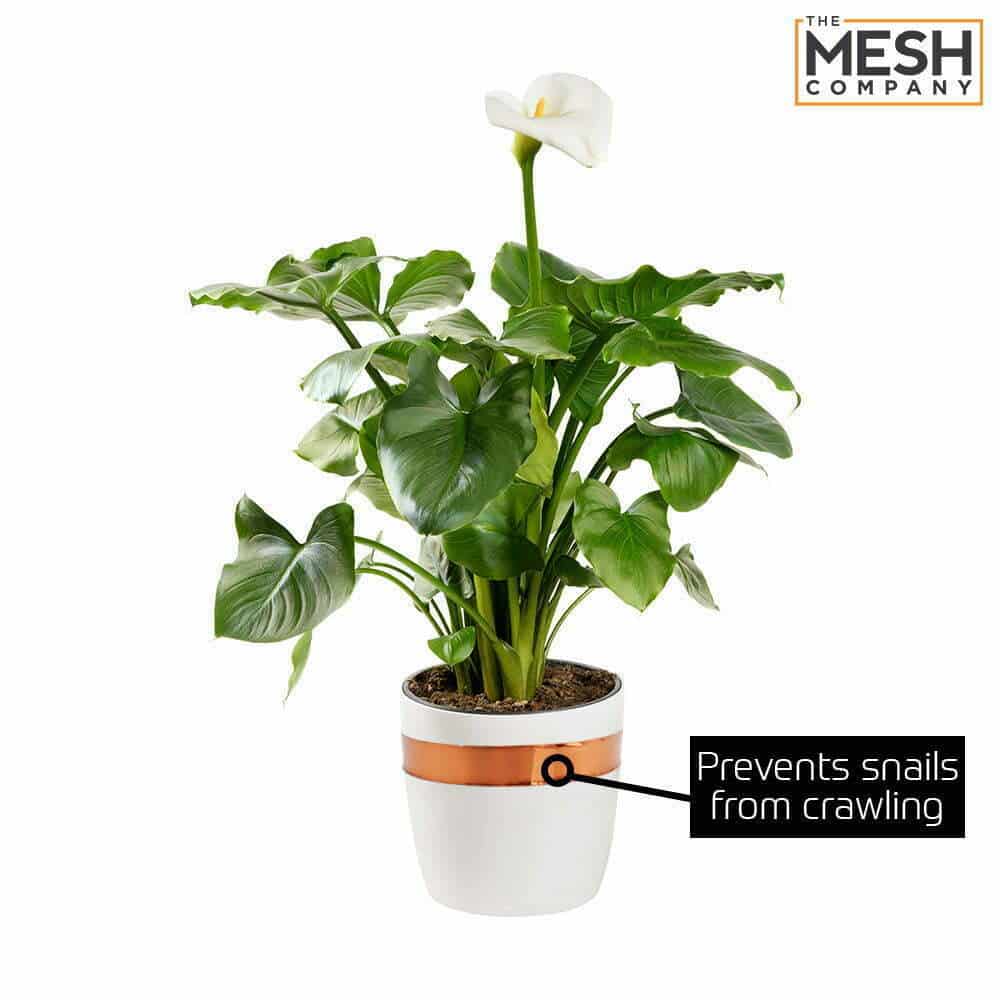
While copper slug tape can be an effective and eco-friendly solution to deter slugs and snails in the garden, there are some potential downsides to using it:
Durability: Copper slug tape can lose its effectiveness over time due to exposure to the elements or general wear and tear. The tape may need to be replaced periodically to maintain its effectiveness.
Application: Applying copper slug tape can be time-consuming, especially in larger gardens or outdoor spaces. The tape must be placed around the perimeter of planters or garden beds, which can be a tedious process.
Aesthetics: Some gardeners may find copper slug tape to be unsightly, as it can be visible and may clash with the overall aesthetics of the garden.
Copper knitted mesh is know to work well as a slug barrier. This mesh is very versatile and is also often used as a mouse deterrent as it can be stuffed into tight nooks and crannies.
As well as these options there are these potential solutions:
Beer traps: This involves placing containers of beer in the garden, which attracts slugs and snails. They crawl in and drown in the liquid.
Hand picking: Although it’s a time-consuming task, handpicking slugs and snails from plants and the garden can be an effective way to reduce their population.
Eggshell barriers: Crushed eggshells around the plants can deter slugs and snails from crossing over and reaching the plants. This works as a barrier and can be a good way to use food waste in the garden.
Diatomaceous earth: This is a fine powder made from the fossilized remains of diatoms, which can be sprinkled around plants to create a barrier that slugs and snails won’t cross. The powder works by dehydrating the pests.
Natural predators: Encouraging natural predators such as birds, frogs, and toads can help control the slug and snail population in the garden.
Slug and snail bait: There are many types of slug and snail bait available, ranging from natural solutions such as iron phosphate-based bait to chemical-based bait. It’s important to read the label and follow the instructions carefully when using any type of bait.
As always, thank you for checking out our blog. We hope that this helps you with your project. We try to launch a couple of new guides every week. Eventually we will have covered everything there is to cover about mesh.
Our goal for our blogs and help guides is to answer as many questions as possible to help to explain the possibilities of mesh to our customers. Contact our team today if you have any questions at all. We are always really keen to help in any way that we can.

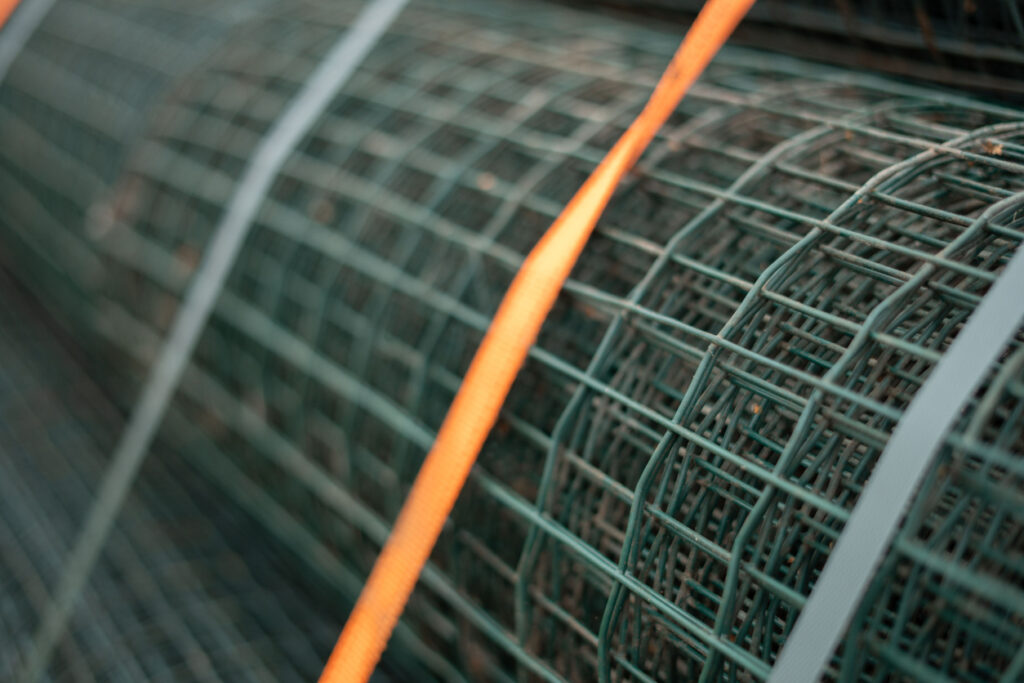
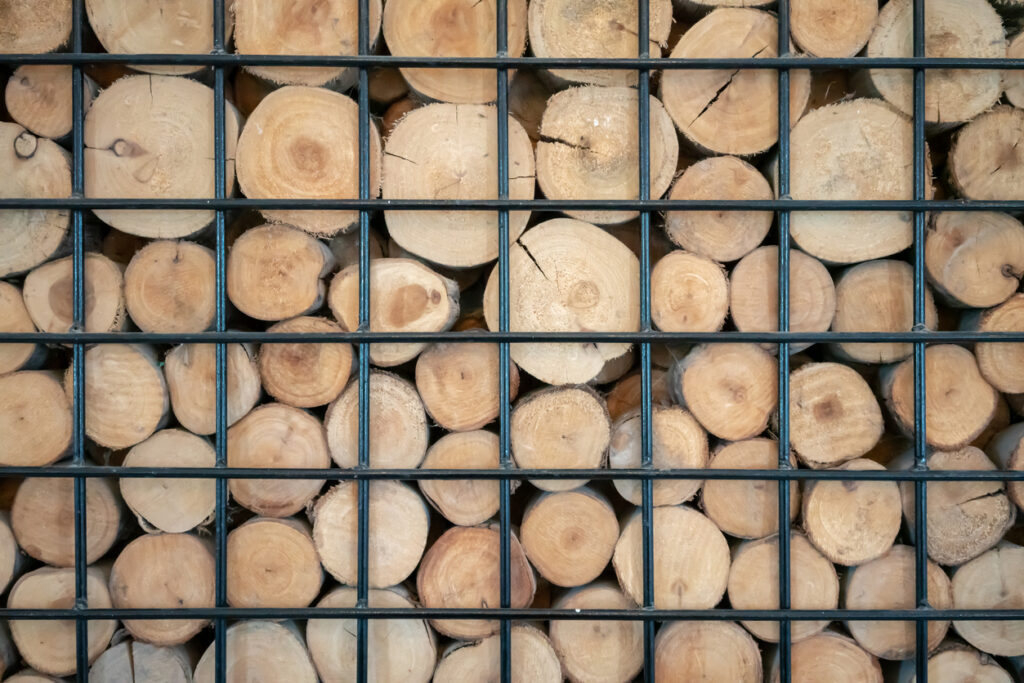
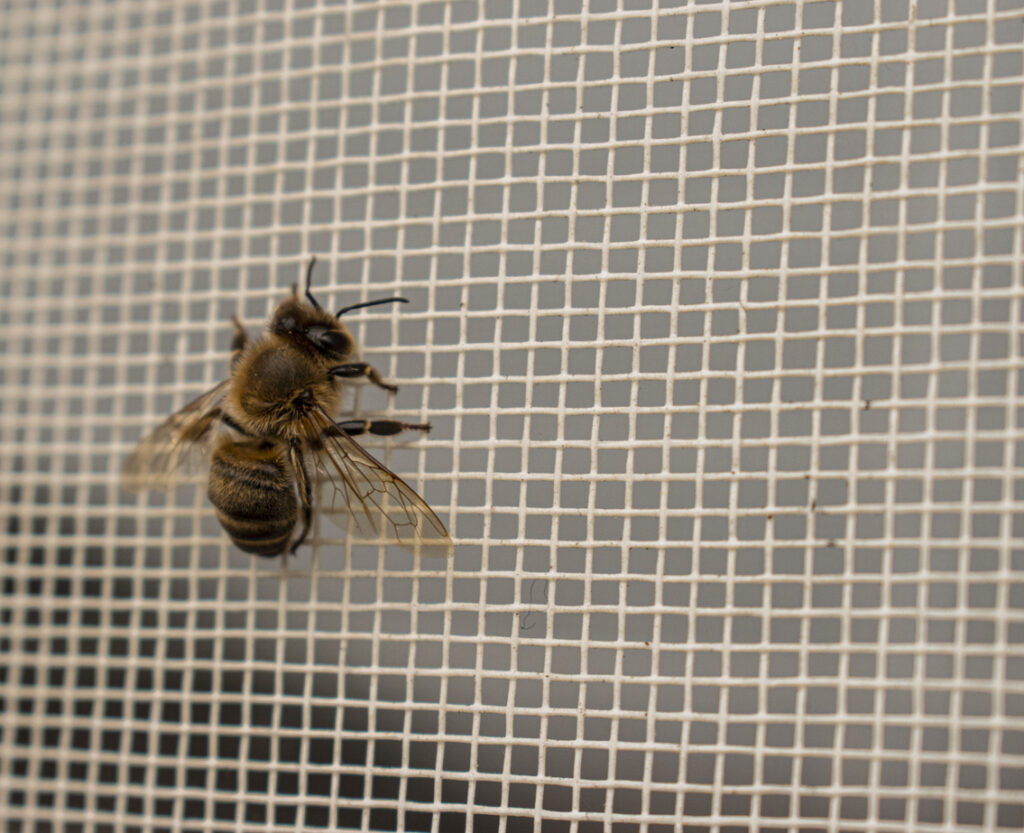
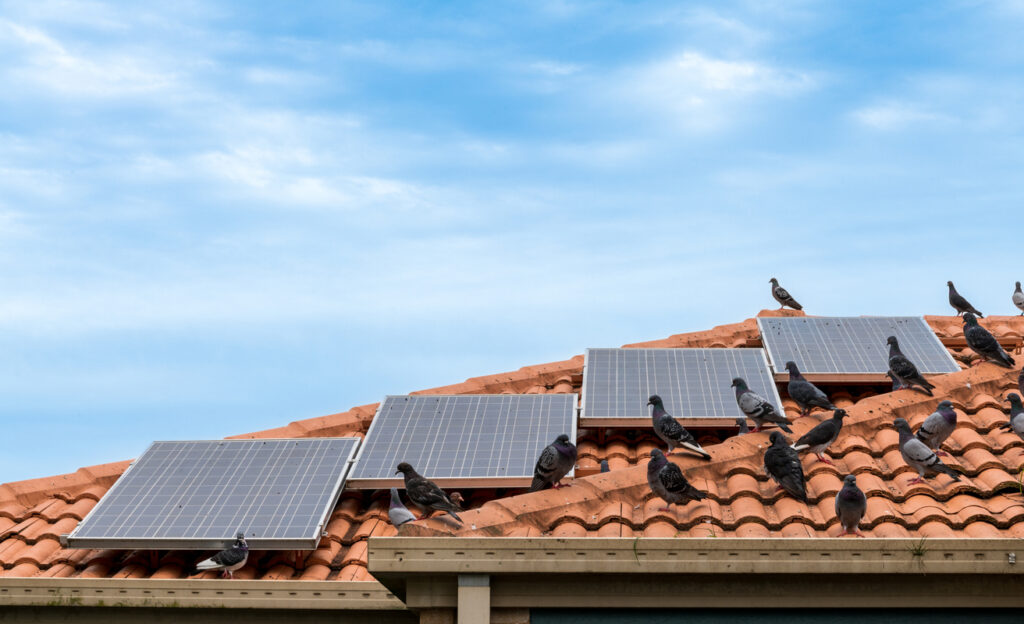
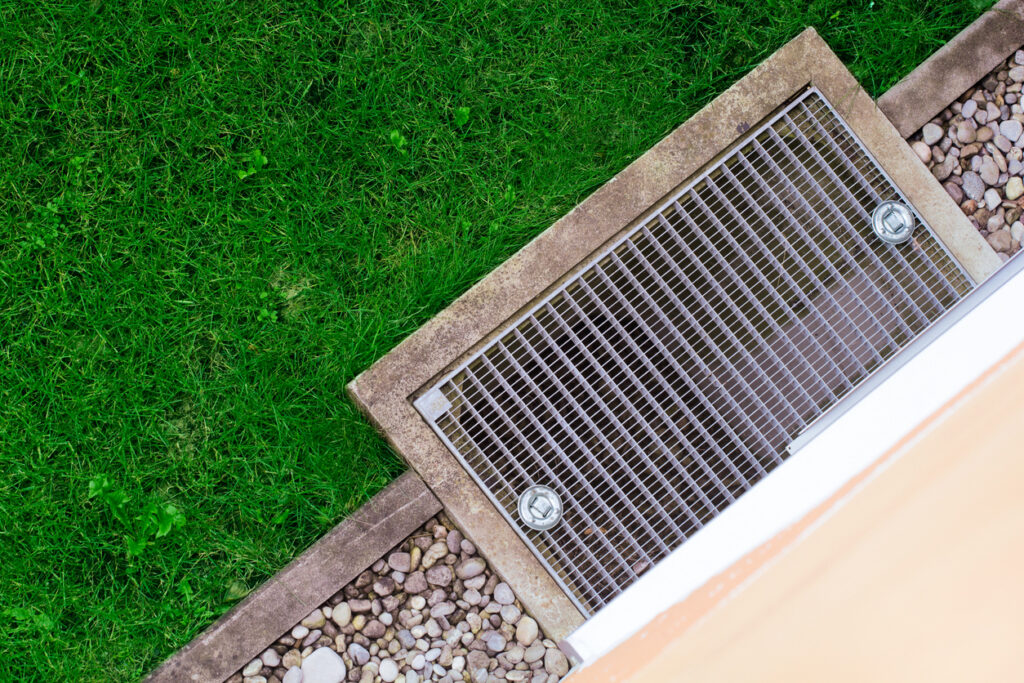
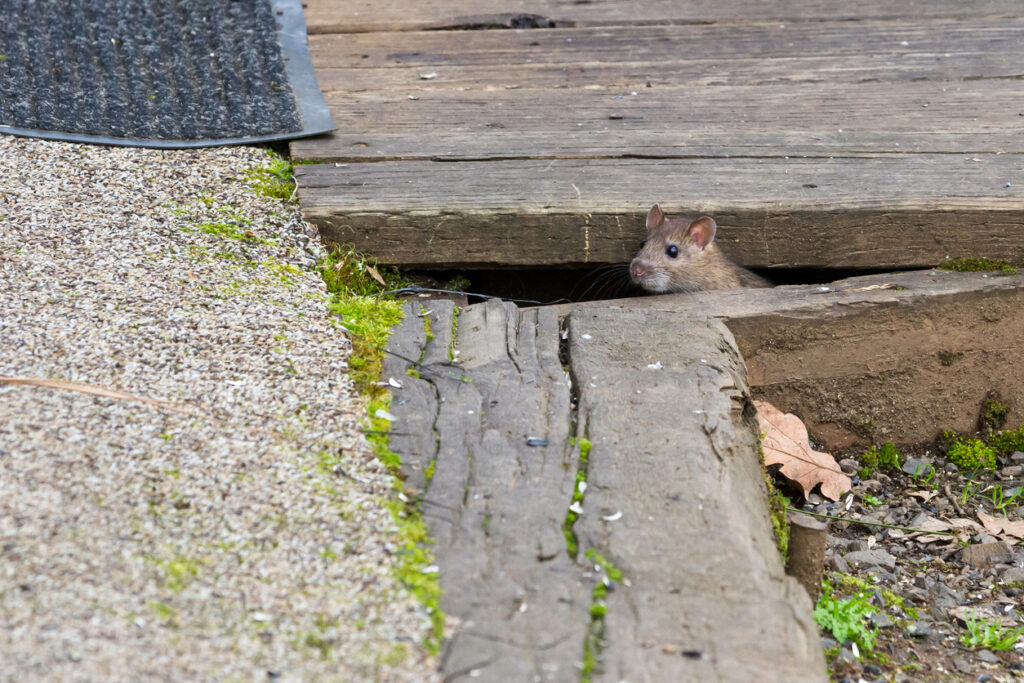
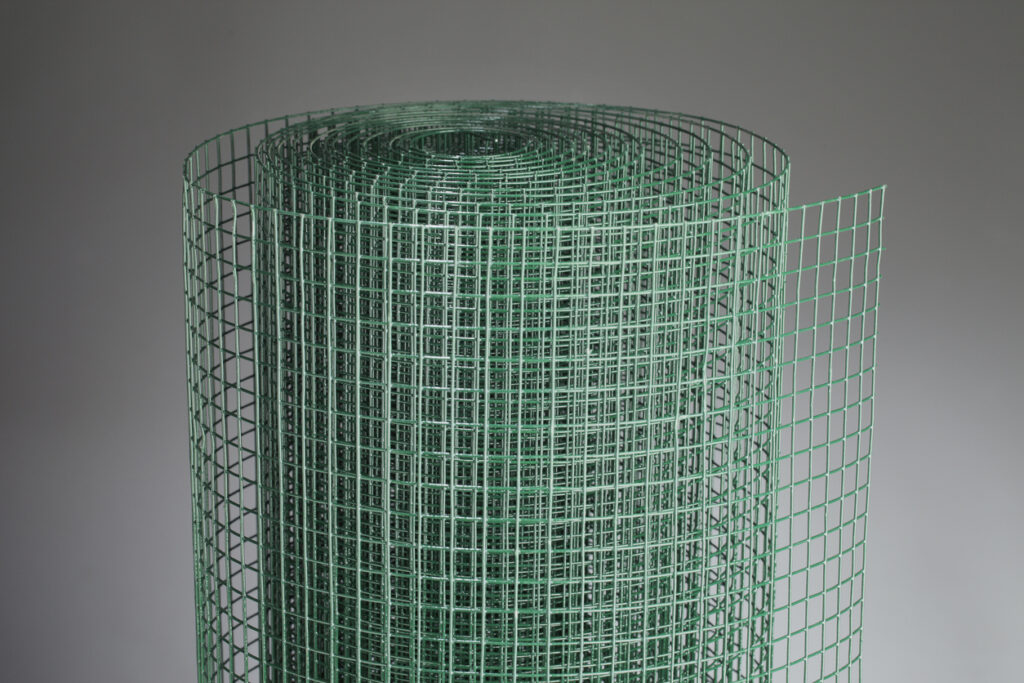
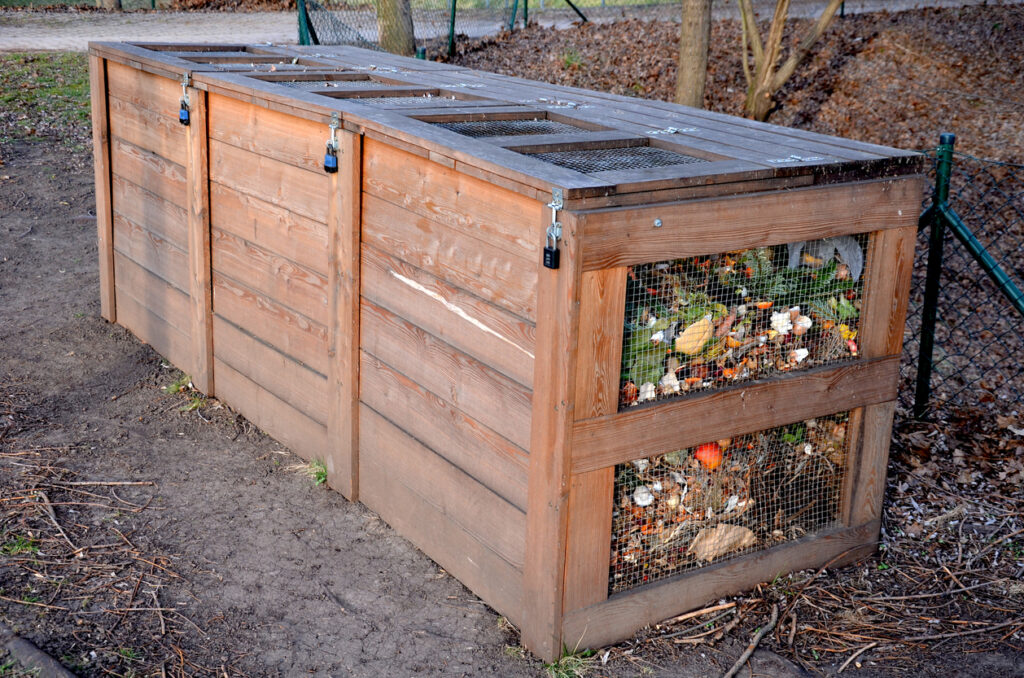

The largest range of wire mesh, chicken wire, wire fencing, woven wire mesh and perforated metal products in Europe, delivered direct from our Warrington warehouse.




Website by: Beech Web Services | Terms and Conditions | Cookie Policy | Privacy Policy | Website Terms and Conditions